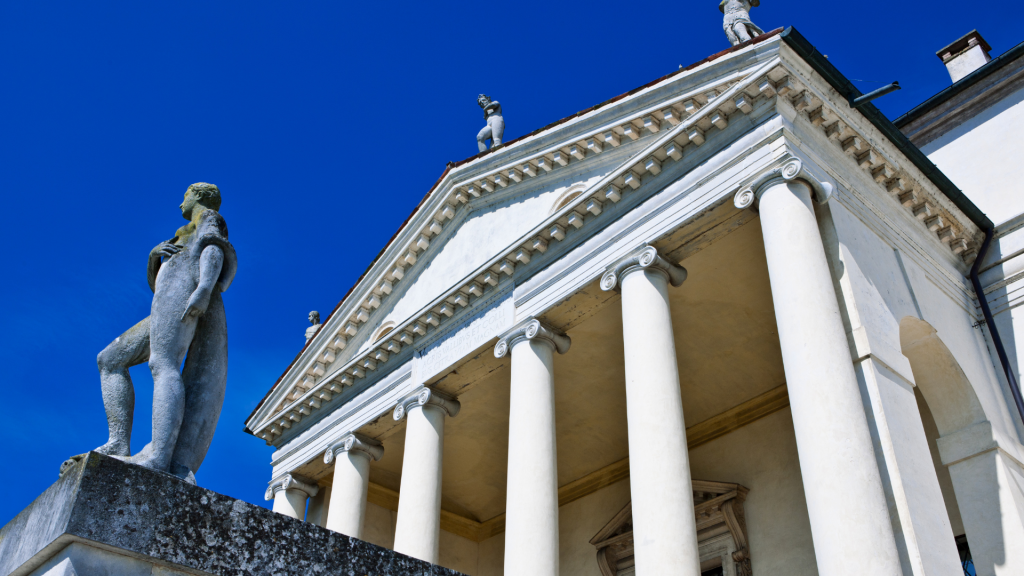The “City of Vicenza and the Palladian Villas of the Veneto” is a serial World Heritage property that includes the city of Vicenza and twenty-four Palladian villas scattered throughout the Veneto region. Vicenza presents itself to tourists as the city of Andrea Palladio, but surveys and interviews show that only a few know Vicenza as the city of Palladio or choose the destination for its Renaissance architecture. Although perceived as a cultural destination, Vicenza is rather preferred by people who love immersive and slow tourism and wish to visit other Italian cities beyond the most renowned ones (e.g. Venice, Rome, Florence, Milan and Naples).
Visitors in Vicenza find themselves immersed in a city that lives its daily life surrounded by the beauty of its architecture, urban backdrops and Renaissance stages among squares, theatres, villas, and hills. Vicenza is still able to amaze enough to take the tourist beyond the imaginary. However, such wow effect is not to be taken for granted but to be enhanced through new narratives and cultural events capable of animating the city.
Today the tourism market tends to be specialized, in order to offer a customized product to consumers. The process of globalization thus pushes every tourism destination to build a strong and recognizable identity in the collective imagination, so that it can be clearly distinguished from other proposals. Therefore, when devising new strategies to attract tourists to Vicenza, it is necessary to maintain the «Palladian wow effect», while seeking new claims capable of intercepting new audiences.
In this perspective, the Lab members pursue to improve skills and knowledge of tourism operators, including restaurateurs, hoteliers, shopkeepers, event organizers, travel agencies, managers of UNESCO designated sites, museums and theaters, etc. The Living Lab also provides a space for training and research: researchers and operators meet to analyze the trends of the cultural tourism market at a global and local level, learning to interpret data and use them to make decisions and design innovative marketing strategies and new cultural-creative tourism products.


